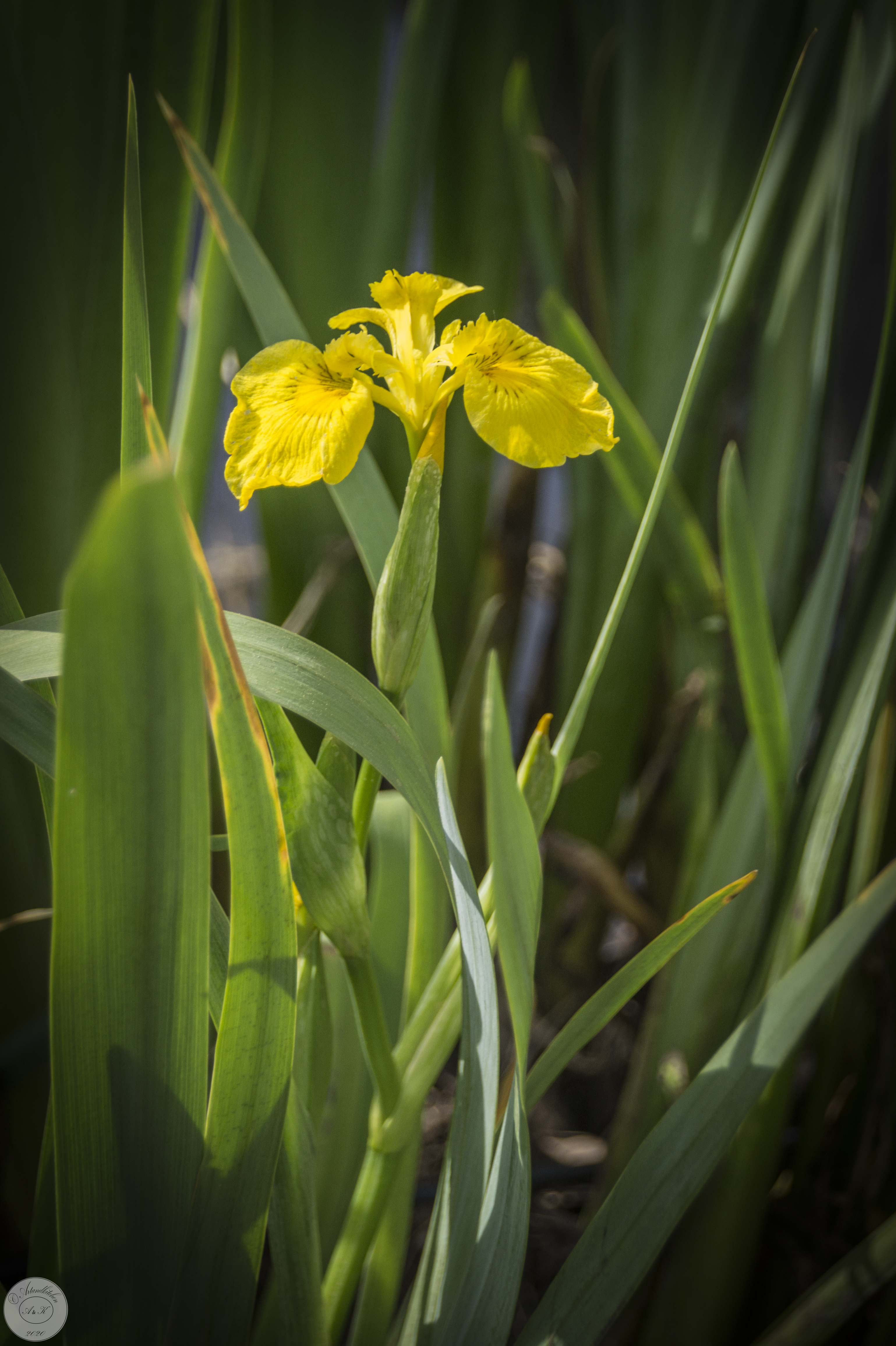
Mugardos is a small fishing borough and municipality in the Comarca of Ferrol, located in the province of A Coruña in the autonomous community of Galicia, north-western Spain.
It’s here that you can find this delicious octopus stew, but now, as we are not allowed to travel, you can prepare it yourself and create a small vacation at home.
This recipe is calculated for 2 people, but you may boil more octopus and use only the quantity you need (you may also use more) and reserve the remaining for another preparation.
Note: this recipe is perfect if you have some octopus leftovers and you wish to serve more people! I our case I doubled the quantity of potatoes for a full dinner; for this reason this is a variation of the original dish.
Pulpo alla Mugardesa - Octopus and Potatoes Stew from Galicia
Ingredients 
- 300 g octopus, cleaned and well washed
- 1 onion, chopped
- 1 garlic clove, chopped
- 4 tablespoons olive oil
- 1 red pepper, diced
- 1 green pepper (I used another red pepper as did not have the green one), diced
- 250 g potatoes, peeled and diced (I doubled the quantity of potatoes to 500 g)
- 1 bay leaf
- 100 ml white wine
- 200 ml reserved liquid from the boiled octopus
- 1/2 teaspoon sweet paprika powder
- Some smoked paprika (pimienton de la Vera)
- Salt and pepper to taste
Preparation
- Bring a large pot of water to the boil with a pinch of salt, when the water begins to boil you need to grab the octopus from the head and ‘scare it’ by dipping it in the water 3 times and pulling it out. This makes the octopus stiffen, so the skin does not fall during the cooking process and makes the tips of the tentacles curl. Cook your octopus between 20 and 25 minutes on a medium heat. Make sure the octopus is covered with water throughout the cooking. Towards the end of the cooking process, you can check if the octopus is ready by piercing the thicker tentacles with a wooden skewer to check if they are tender enough. Octopus should be al dente, just like pasta. You should feel the same resistance as a cooked potato. Once the cooking time is complete, allow the octopus to rest in the cooking liquid before you drain it and use it for this recipe. I prefer to drain the octopus and let it cool down before slicing. Do not discard the water!
- Fry onion and garlic in a non-sticky skillet at low temperature until translucent.
- Add peppers and fry a few more minutes.
- At this point, add potatoes, bay leaf, and fry for other 2 minutes.
- Add the wine and cook for 2 more minutes.
- Now add the cooking water from the octopus, the paprika (as well as the smoked one if you like). Add little salt.
- Let simmer covered slowly until potatoes are almost done. Add some more cooking liquid form the octopus if needed. The sauce should be liquid but thick enough to bind a little bit.
- In the meanwhile, slice the octopus.
- Add octopus and adjust to taste with salt and pepper. Stir only gently and let simmer for 2 more minutes.
- For the best taste, keep warm (do not boil it again) for about 10 minutes before serving.
Autor: https://artandkitchen.wordpress.com/
This slideshow requires JavaScript.






















































